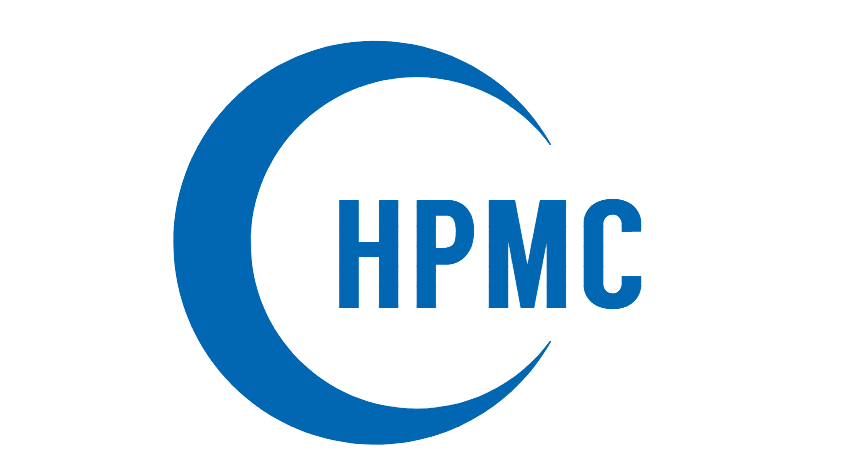The advantages and functions of hydroxypropyl methyl cellulose in building materials
Hydroxypropyl methyl cellulose is widely used in construction materials, and is known as industrial monosodium glutamate, often called HPMC, which is a tasteless, odorless white powder-like object that dissolves quickly in cold water and forms a transparent viscous solution after dissolution. The raw material of hydroxypropyl methyl cellulose is mainly natural polymer material cellulose, often complicated chemical processing, so as to produce non-ionic cellulose ether, with more characteristics, such as thickening, water retention, dispersion, emulsification, film formation, adhesion, gelling and adsorption characteristics.
Hydroxypropyl methyl cellulose is used more in building materials, the following is a brief introduction to the role played in various types of building materials, for reference only.
1、The advantages and roles of HPMC in putty powder and water-resistant putty
The main role of cellulose ether in putty powder is bonding, water retention and lubrication, which can avoid cracks or powder removal due to rapid water loss of the putty.
2. Advantages of HPMC in self-leveling materials
The stable viscosity of the cellulose ether can ensure that the self-leveling material has good fluidity and self-leveling characteristics, and can control its water retention rate, so that it can be quickly solidified, largely reducing the problem of shrinkage and cracking.
3, HPMC in the interface agent material has the advantage of the role
In the interface agent is mainly used as a thickener to improve the shear strength and tensile strength, effectively improve the coating surface, enhance the adhesion of the coating surface and the strength of the bond.
4、The advantageous role of HPMC in the tile binder
Hydroxypropyl methyl cellulose because of its high he water performance, can be used without pre-soaking or wetting tiles and substrates, can significantly improve the strength of its bond, the slurry can be constructed for a longer period, and easy to construct, uniform and fine, also has a good anti-slip properties.
5、HPMC in the caulking agent in the advantageous role played by the groove seam agent
The addition of cellulose ether in the caulk guttering agent makes it have better edge bonding performance, high abrasion resistance and low shrinkage, thus protecting the base material from mechanical damage and avoiding the adverse effects of water penetration to the whole building.
6, HPMC in the external wall insulation mortar material role and advantages
In the exterior wall insulation mortar material, cellulose ether mainly plays a bonding role, can increase the strength, so that the mortar is easier to spread, side by side to improve the efficiency of the operation, but also has anti-draping properties, improve the insulation mortar shrinkage and cracking properties, effectively improve the surface quality, improve the strength of the bond, while the higher water retention properties can extend the use of mortar time.
7、Hydroxypropyl methyl cellulose HPMC-mortar field application (plastering mortar masonry) and advantages
As hydroxypropyl methyl cellulose has high water retention, it can make the cement fully hydrated and significantly increase the bond strength, and also moderately improve the shear strength and tensile strength, effectively improve the quality of construction and increase efficiency.
